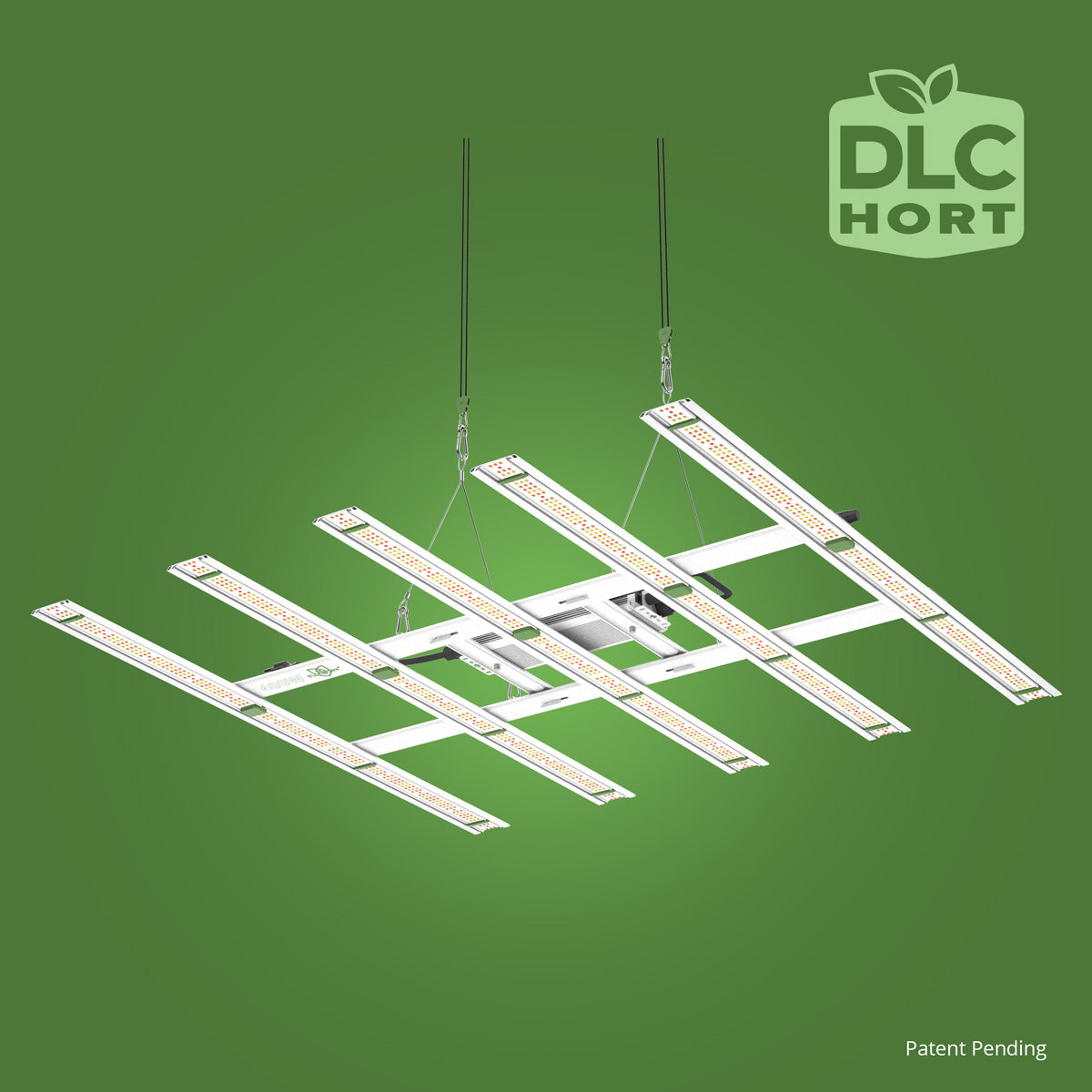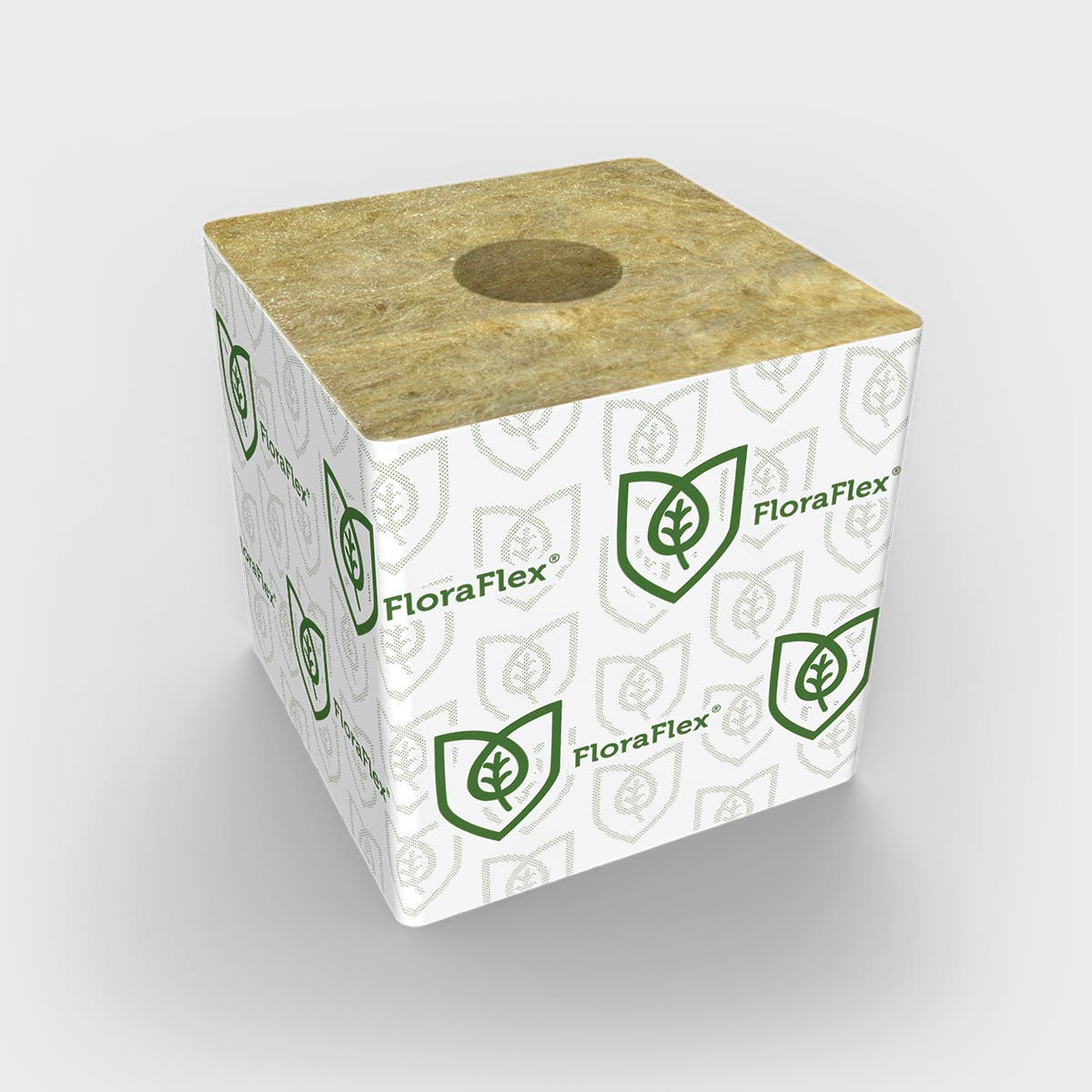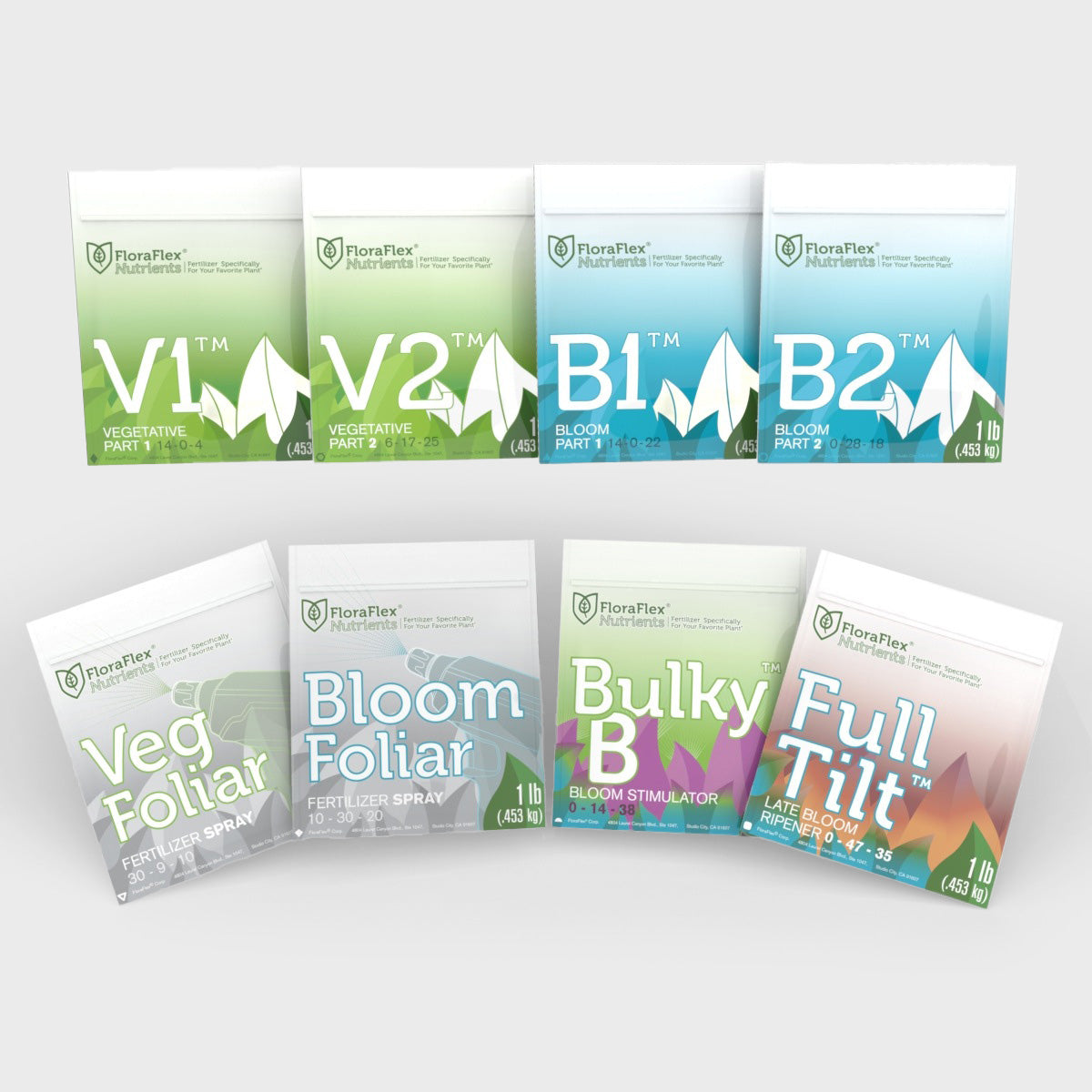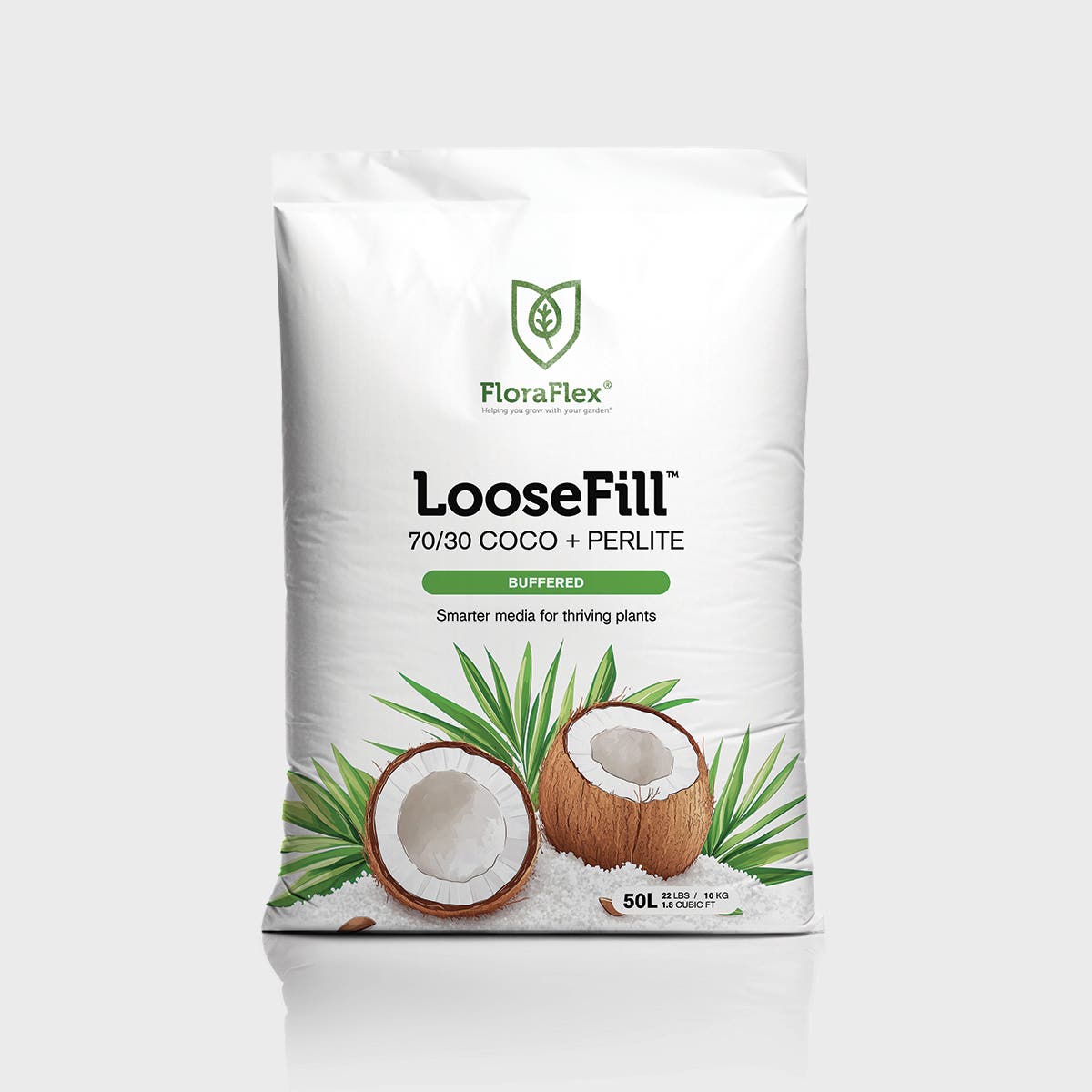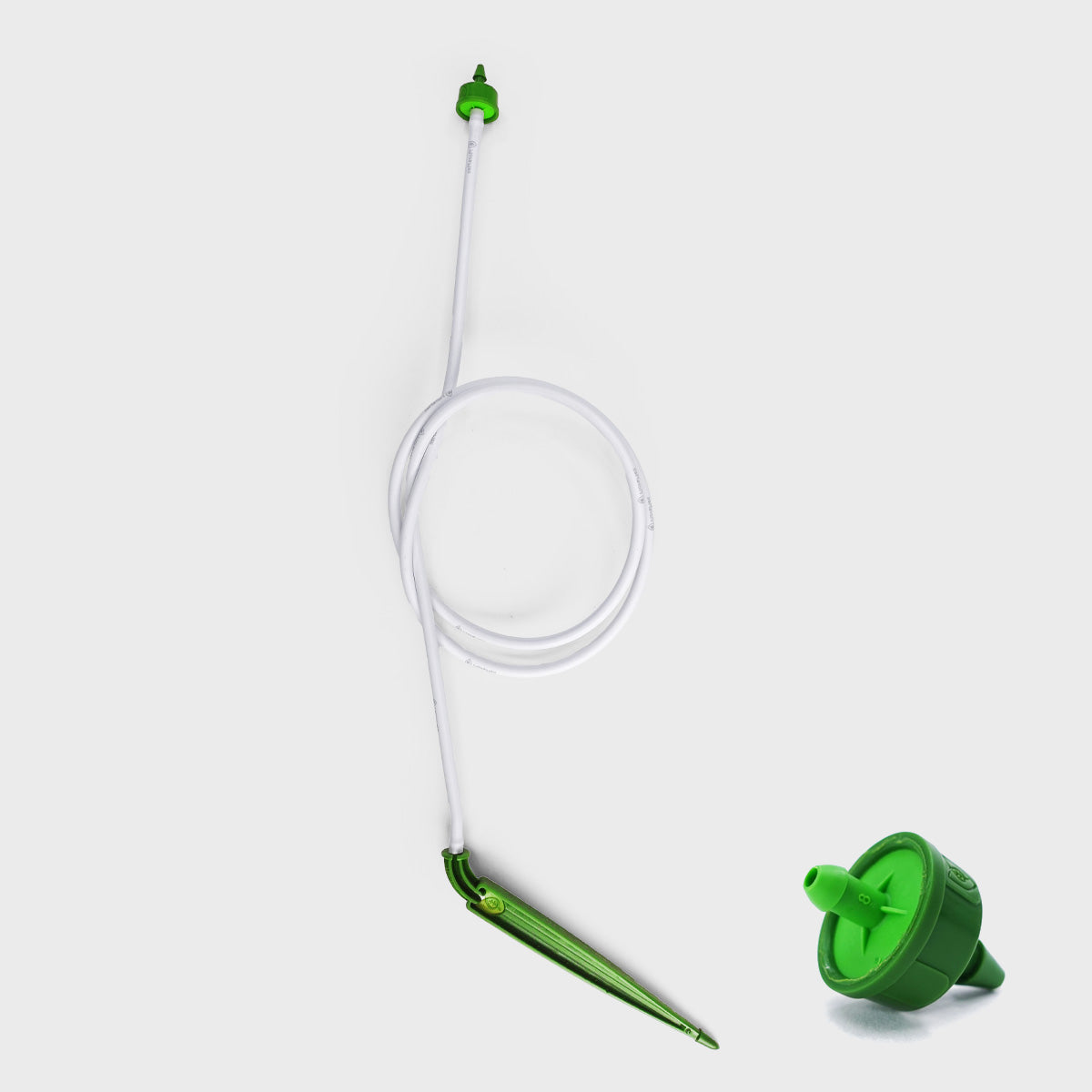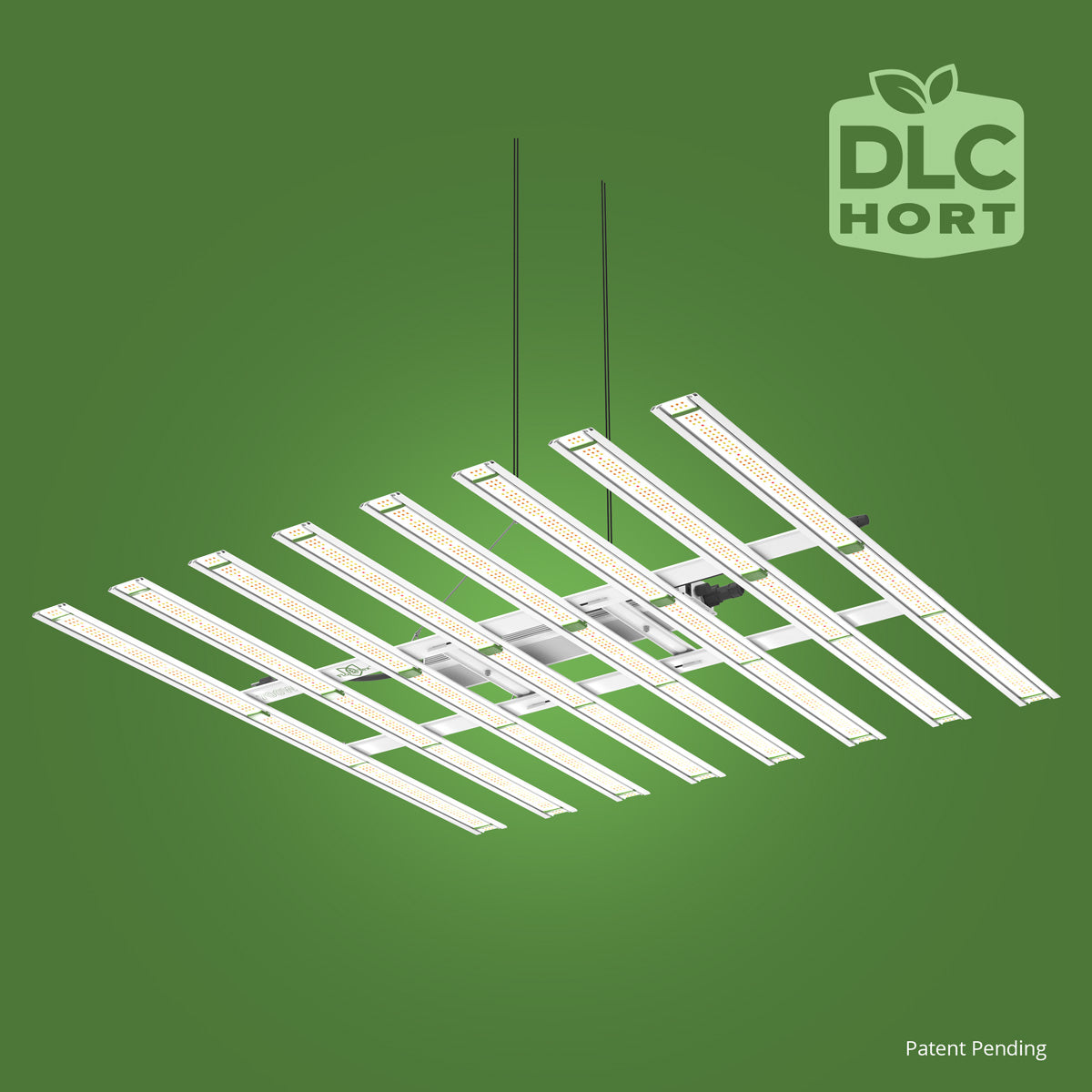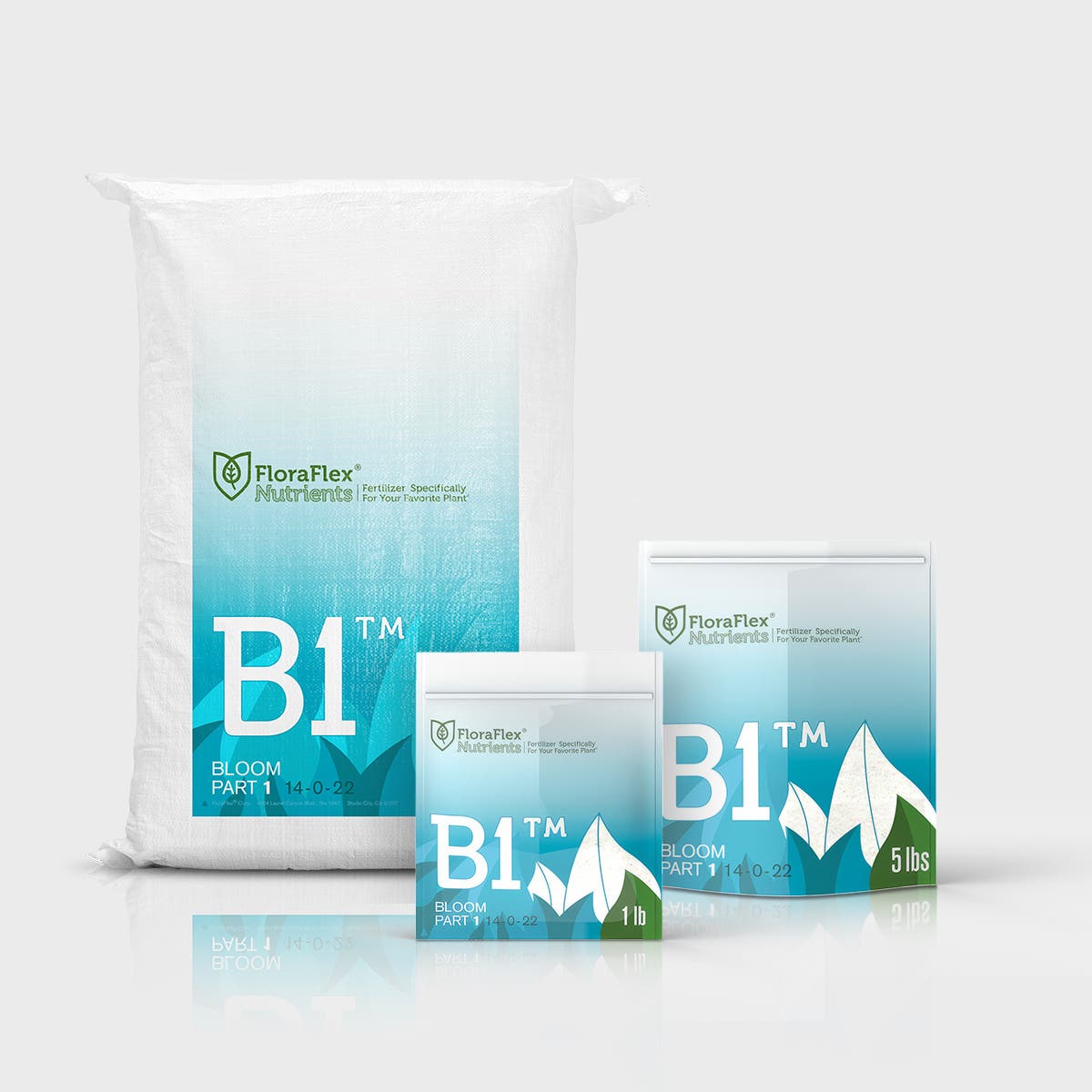Plant propagation is an essential skill for any gardener or plant enthusiast. It allows you to reproduce your favorite plants, share them with friends, or even improve plant health by giving them more room to grow. However, with various techniques and methods, it's no surprise that people have numerous questions about the process. In this blog post, we answer some of the most common questions about plant propagation.
What is Plant Propagation?
Plant propagation refers to the process of growing new plants from a variety of sources such as seeds, cuttings, bulbs, and other plant parts. There are two main types of plant propagation: sexual and asexual. Sexual propagation involves seeds, while asexual propagation uses parts of the plant like leaves, stems, or roots.
What Are the Different Methods of Plant Propagation?
The choice of propagation method largely depends on the type of plant and the materials you have available. Some popular methods include:
- Seed Propagation: The most widely used method, it involves planting seeds in soil or a growing medium.
- Cuttings: Taking special parts of the plant, usually stems or leaves, and allowing them to root in a different medium.
- Layering: A branch is bent to the ground and part of it is covered with soil until roots form.
- Division: Physically splitting the plant into two or more parts, each with roots attached.
What Tools Do I Need for Plant Propagation?
While plant propagation can often be done with just your hands and a pot, having the right tools can make the process easier and more efficient. One essential tool is the 1.5L Pump Sprayer from FloraFlex. It helps in keeping the growing medium moist, which is crucial for successful propagation. Additionally, sharp scissors or knives, rooting hormone, and nutrient-rich soil make the propagation process easier.
How Do I Care for My Propagated Plants?
Once your plants begin to root and grow, they will need proper care to thrive. This includes:
- Watering: Use a sprayer to maintain consistent moisture levels.
- Light: Provide sufficient, indirect sunlight or use grow lights if natural light is scarce.
- Temperature and Humidity: Keep the environment warm and humid, similar to their natural habitat.
Where Can I Learn More?
Plant propagation is a rewarding skill with a bit of practice and understanding. For more detailed information, products, and resources on improved gardening techniques, visit FloraFlex.
By exploring the different methods and getting equipped with the right tools, you can master the art of plant propagation. Happy gardening!
If you have further questions or need specific plant advice, feel free to reach out to your local gardening community or online resources for support!


